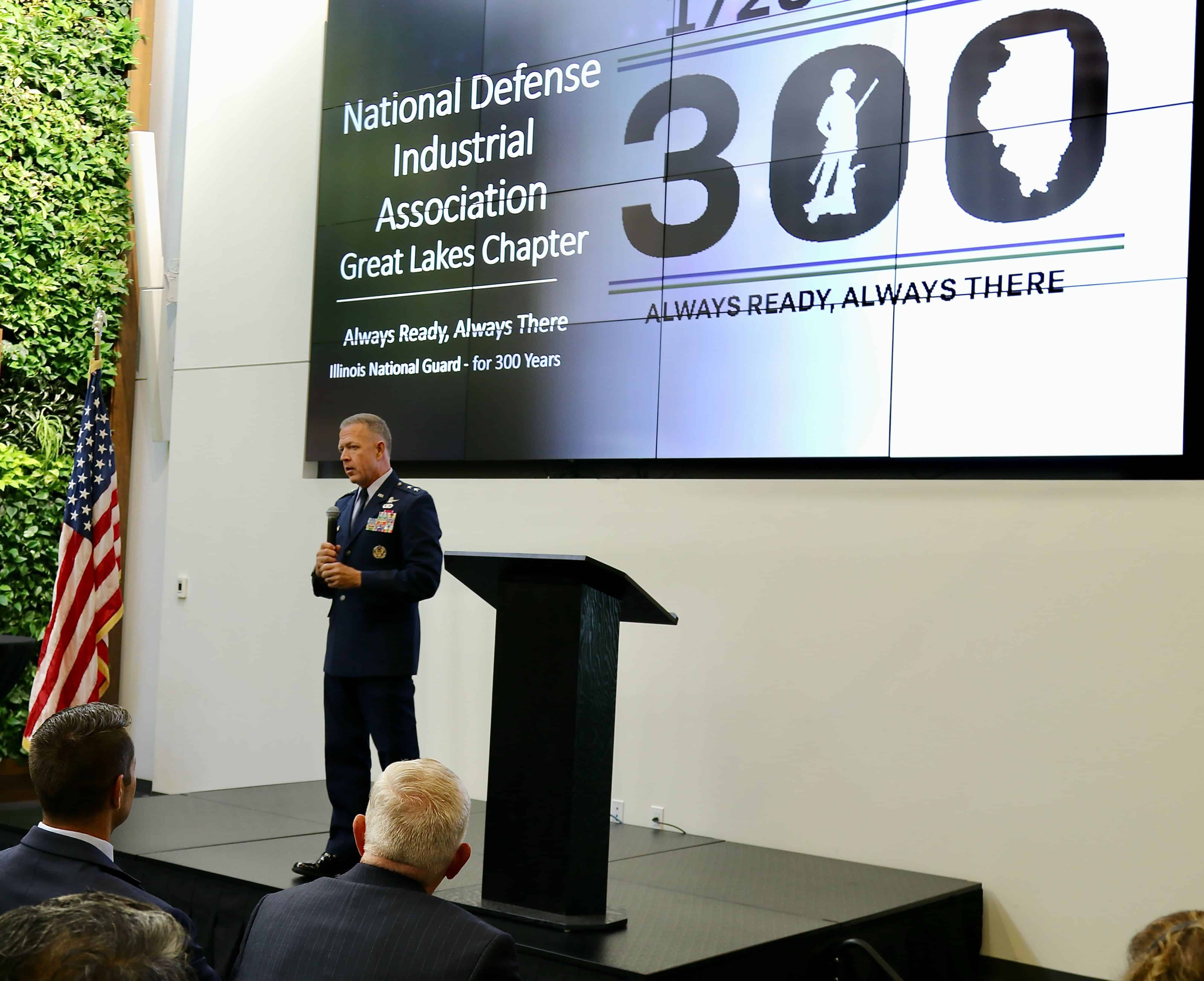The National Defense Industrial Association’s Emerging Technologies Institute (ETI) is investigating the inefficiencies in the defense acquisition process to understand how to deliver critical technologies to the military more efficiently. Drawing lessons from successful programs like Operation Warp Speed and the Mine Resistant Ambush Protected (MRAP) vehicle program, ETI aims to identify repeatable attributes that can be applied to non-crisis acquisition efforts. The report explores how leadership and governance roles can be streamlined for more effective acquisition. The ETI is also planning to propose a new pathway for the Adaptive Acquisition Framework to prioritize agile approaches in acquiring critical capabilities.
Key Points:
- The defense acquisition process is often criticized for its bureaucratic inefficiencies, which hamper the timely delivery of crucial technologies to the military.
- The ETI is examining successful crisis-time programs like Operation Warp Speed and the MRAP vehicle program to glean lessons that could be applied to improve peacetime acquisition processes.
- A common factor in the success of both Operation Warp Speed and the MRAP program was strong, risk-taking leadership and effective governance, indicating that changes in these areas could improve the overall acquisition process.
- The ETI is working on a final report that will not only offer policy recommendations but will also identify areas where accelerated acquisition could be effectively used, particularly leveraging existing or emerging commercial technologies that align with military priorities.
- As part of its efforts, ETI will propose adding a new pathway to the Adaptive Acquisition Framework, aiming to prioritize agile methods for rapid adoption of vital technologies.






